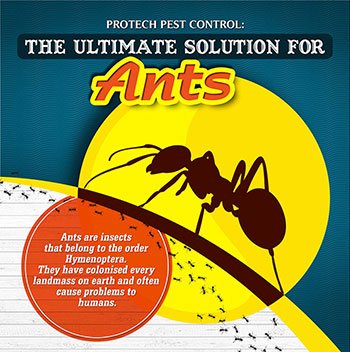Rodent-Proofing Your Attic: Vital Tips For Homeowners
Rodent-Proofing Your Attic: Vital Tips For Homeowners
Blog Article
Content Create By-Karlsen Degn
Picture your attic room as a relaxing Airbnb for rats, with insulation as cosy as hotel pillows and wiring a lot more luring than room service. Now, visualize these unwanted visitors tossing a wild event in your house while you're away. As a house owner, ensuring your attic is rodent-proof is not almost satisfaction; it's about shielding your home and liked ones. So, what easy steps can you require to guard your sanctuary from these fuzzy intruders?
Check for Entry Things
To begin rodent-proofing your attic, evaluate for entrance points. Beginning by very carefully examining the outside of your home, trying to find any openings that rodents can use to access to your attic room. Look for pro pacific pest control around utility lines, vents, and pipelines, as well as any kind of splits or holes in the structure or exterior siding. Make please click the next document to pay attention to locations where different structure materials satisfy, as these prevail entry factors for rodents.
In addition, examine the roof for any damaged or missing tiles, as well as any spaces around the edges where rodents can press with. Inside the attic, seek indicators of existing rodent activity such as droppings, chewed cords, or nesting products. Use a flashlight to completely check dark corners and covert rooms.
Seal Cracks and Gaps
Examine your attic completely for any kind of fractures and voids that require to be secured to prevent rodents from getting in. Rodents can press through even the tiniest openings, so it's critical to seal any kind of potential entry factors. Inspect around pipes, vents, cable televisions, and where the walls fulfill the roofing. Use a mix of steel woollen and caulking to seal off these openings properly. Steel woollen is a superb deterrent as rats can't eat with it. Guarantee that all spaces are tightly secured to reject accessibility to undesirable parasites.
Don't neglect the relevance of securing voids around windows and doors also. Use weather stripping or door sweeps to secure these locations properly. Examine the areas where utility lines go into the attic and seal them off utilizing a suitable sealer. By taking the time to seal all cracks and spaces in your attic room, you produce an obstacle that rats will find hard to breach. Avoidance is key in rodent-proofing your attic, so be extensive in your initiatives to seal any prospective entry points.
Get Rid Of Food Resources
Take aggressive actions to remove or store all potential food resources in your attic room to hinder rats from infesting the room. Rodents are drawn in to food, so removing their food resources is crucial in keeping them out of your attic room.
Right here's what you can do:
1. ** Shop food firmly **: Avoid leaving any type of food products in the attic. Shop all food in closed containers made from metal or sturdy plastic to avoid rodents from accessing them.
2. ** Tidy up particles **: Remove any kind of stacks of particles, such as old newspapers, cardboard boxes, or wood scraps, that rodents can make use of as nesting material or food resources. Keep the attic room clutter-free to make it less enticing to rats.
3. ** Dispose of rubbish effectively **: If you use your attic room for storage space and have garbage or waste up there, make sure to get rid of it on a regular basis and appropriately. Decaying garbage can bring in rodents, so keep the attic room clean and without any type of natural waste.
Final thought
In conclusion, keep in mind that an ounce of avoidance is worth a pound of treatment when it comes to rodent-proofing your attic.
By taking the time to check for entry points, seal cracks and voids, and remove food sources, you can maintain unwanted insects at bay.
Bear in mind, 'An ounce of prevention deserves an extra pound of remedy' - Benjamin Franklin.
Keep aggressive and safeguard your home from rodent problems.
